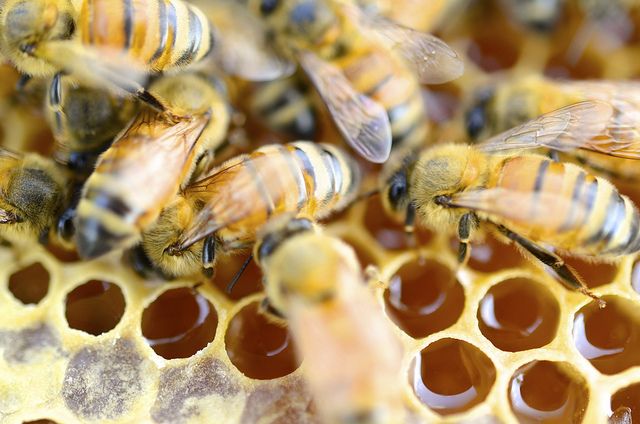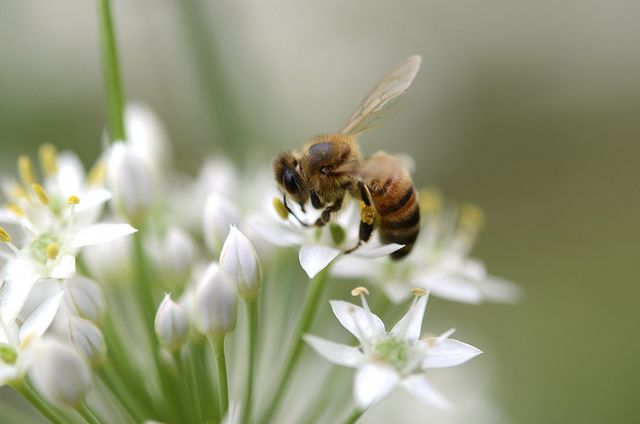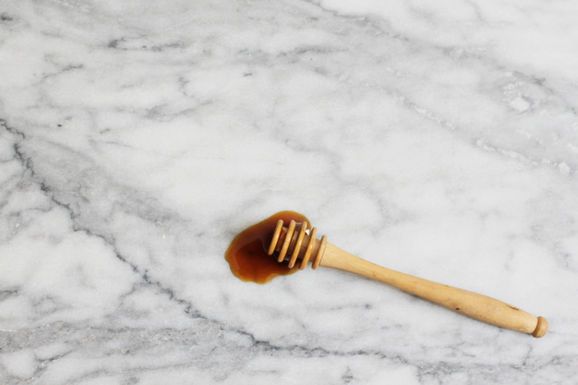
On our new weekly podcast, two friends separated by the Atlantic take questions and compare notes on everything from charcuterie trends to scone etiquette.
Listen NowPopular on Food52
Continue After Advertisement
8 Comments
Mulchand A.
December 26, 2018
I take honey with fresh lemon juice every morning.It keeps me fresh and healthy.I keep wondering how?
Djohny
June 8, 2016
Thanks for sharing! Great article on honey. Honey has always been one of my favorite toppings for my morning Greek yogurt and berries and for when I'm making smoothies.http://www.fitwirr.com/health/tips/healthy-smoothie-recipes-weight-loss
Hutto A.
July 24, 2015
I like to substitute a teaspoon of honey in my coffee instead of sugar or artificial sweetners
rita R.
June 2, 2015
I take a teaspoon of bees'honey first thing in the morning,after brushing my teeth,I've been doing this for the last 40 yrs or so, and I am quite healthy,compared to my peers,I recommend it to all adults....rita
Melina H.
March 13, 2014
Honey, creme fraiche, and toasted pine nuts. Heaven in its simplicity and flavors.
hardlikearmour
December 13, 2013
One of my favorite comfort foods is a peanut butter and honey sandwich. I love honey and bumble bees, and my yard is planted with loads of flowers that attract them. http://instagram.com/p/XdO9TMDXzo/#




See what other Food52 readers are saying.